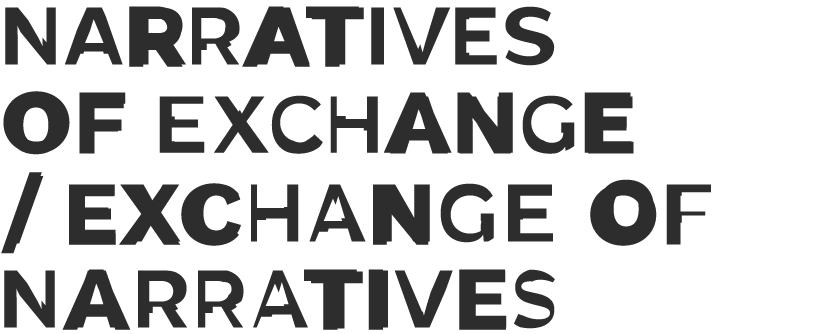Nicolas Poggi is a researcher and an artist. He engages with several practices to fuse them into theatrical acts, dealing with them from humour and critique to transform scenic spaces and to create a personal language. His works have been exhibited in Argentina, Mexico and France. The relational practice is a research endeavour that Poggi develops with different artists.
Ricardo R. Rojas is a performer and a researcher on movement. His work deals with the virtuous body. To give virtue to a body, the body by virtue of something, an idea, a system. The body by virtue of memory, memory as a movement detonator. To expand this sense from an interdisciplinary practice.
Ana G. Zambrano is a choreographer, a performer and a teacher. Through an interdisciplinary approach, she projects a view engaged with the bodily and the choreographic. Her research is based on the discussion upon the concept of the ideal theatrical body, its limits and possibilities; the specific relation between bodies and the relation body/object. Faced with the necessity of finding a common language between choreography, dance, performance, and theatre, Zambrano carries out her work as a choreographer independently.
Jo Ying Peng is a Taiwanese curator currently based in Mexico City and runs Vernacular Institute. Working across curatorial and editorial boundaries, her practice addresses the agency of art by initiating alternative forms of production within performative settings and through experimental approaches. As former curator in Taipei Contemporary Art Center(TCAC), Peng has led projects that discuss post art history and institutional critique.








































